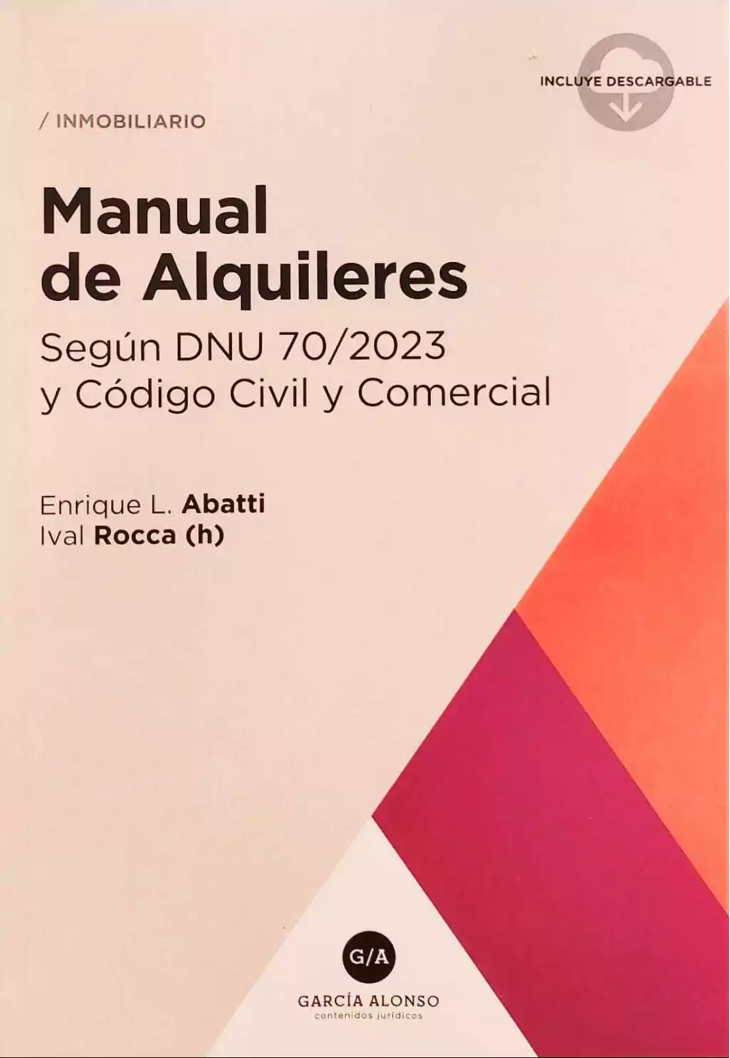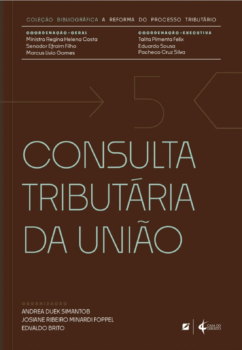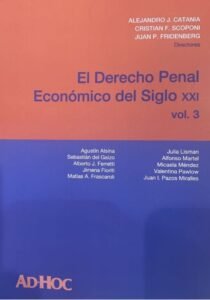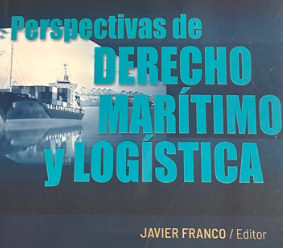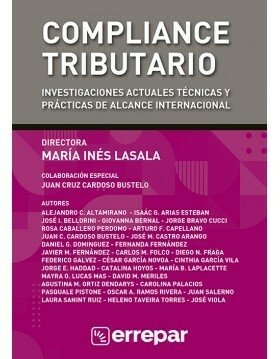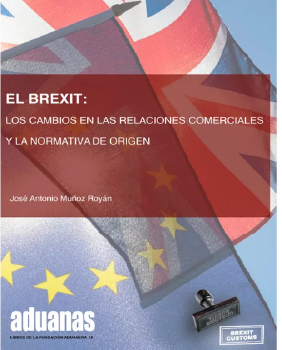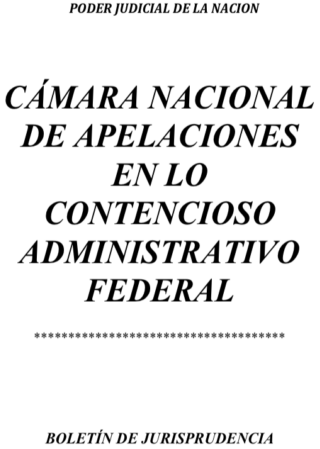Nueva base de datos de la OMC analiza impacto de los obstáculos reglamentarios y otros factores en los costos del comercio
Los obstáculos de política comercial, como los aranceles y las reglamentaciones, representan como mínimo el 14% de los costos del comercio, según estimaciones del Índice de Costos del Comercio de la OMC, que se dio a conocer el 30 de abril. El Índice mide el costo del comercio internacional frente al comercio nacional, y pone de manifiesto que los costos de exportación son más elevados para las mujeres, las empresas más pequeñas y los trabajadores no cualificados.
Using estimates of bilateral trade costs for 43 economies and 31 sectors from 2000 to 2018, the WTO Trade Cost Index provides for the first time a detailed breakdown of trade costs for both goods and services and which groups of producers and consumers bear them the most. It complements other statistics the WTO provides on trade costs, such as average tariffs or the number of non-tariff measures, and gives a sense of the weight of these measures relative to other factors, such as transport and travel costs, information and transaction costs, ICT connectedness, and governance quality.
Trade policy barriers and regulatory differences — which include tariff and non-tariff barriers — make up the largest component of trade costs when low-income economies trade with each other, the index finds. The data draw attention to the high potential for policy reforms to boost trade among developing countries. Transport and travel costs comprise the largest share of trade costs when high-income economies transact with each other or with lower-income economies.
The index illustrates the evolution of trade costs over time, finding that global trade costs have declined by 15 per cent between 2008 and 2018. On the export side, the most pronounced fall was observed in the newer EU member states — Latvia, Croatia, Bulgaria, Cyprus and Slovenia. Nevertheless, overall trade costs are found to be higher for women, small and medium-sized enterprises, and unskilled workers. This is partly explained by these groups’ concentration in certain sectors such as in services. The index finds that trade costs for services are higher than trade costs for agricultural goods, while trade costs for manufactured goods are the lowest.
Further updates to the index will look into capturing the cost of uncertainty in the global market — including from the COVID-19 pandemic — and will explore ways to produce timely estimates of trade costs to account for real time update of trade measures.
Fuente: OMC









